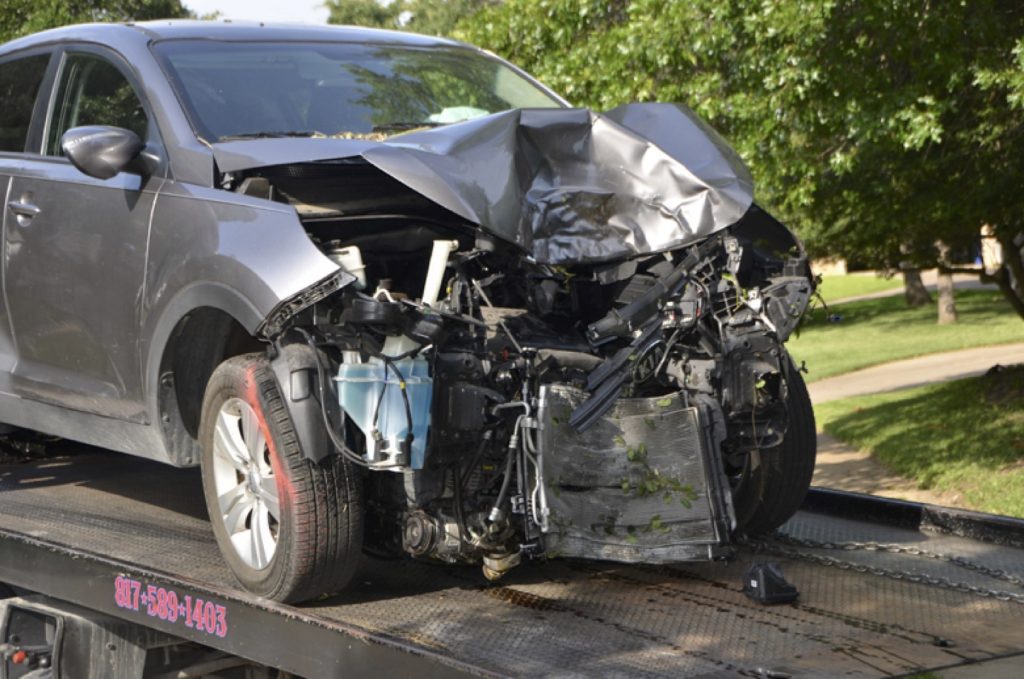There Was an Accident During My Rideshare – What Do I Do Next
An accident during your rideshare can leave you disoriented and unsure of what steps to take next. But remember that there are actions you can and should take to protect yourself and deal with the aftermath of the incident.
Approximately 43,000 fatal crashes happen in the United States each year. When driving any vehicle, you need to exercise caution and responsibility. It is important that you follow traffic rules and regulations and always double-check your vehicle before hitting the road to avoid such accidents.
In this discussion, we will explore the necessary steps you should follow to ensure your safety, gather vital information, and seek the appropriate assistance. You may also consider checking the motor accident abbreviation for further understanding.
Assess the Situation at the Accident Scene
Carefully assess the situation at the accident scene to guarantee your safety and the safety of others involved. Take a moment to collect yourself and gather your thoughts. Look around and check for any immediate dangers, such as oncoming traffic or leaking fluids. If it’s safe to do so, move your vehicle to the side of the road to prevent further accidents or traffic congestion.
Once you have made sure of your safety, check on the well-being of the other parties involved. Approach them calmly and ask if they’re okay. If anyone appears to be injured, call emergency services immediately. Prioritize the health and well-being of everyone involved.
Gather Important Information and Evidence
Once you have assessed the situation and ensured everyone’s safety, gather important information and evidence related to the rideshare accident. Start by exchanging contact and insurance information with the other parties involved in the accident. Obtain their names, phone numbers, addresses, and insurance details. Collect information from any witnesses present at the scene. Their testimonies can provide valuable insights into what happened. Ask for their names, phone numbers, and email addresses.
Document the accident scene thoroughly by taking photographs from different angles. Capture the damage to all vehicles involved, any traffic signs or lights, and any other relevant details. Make sure to photograph any visible injuries as well. These photographs will serve as strong evidence during the claims process.
If there are any police officers at the scene, request a copy of the accident report. This report contains vital information such as the date, time, and location of the accident, as well as the officer’s observations and any citations issued.
Write down your account of the accident as soon as possible while the details are fresh in your memory.
Report the Accident to the Rideshare Company
Reporting the accident promptly will help in initiating the necessary steps for resolution and making sure that your concerns are addressed on time.
When contacting the rideshare company, provide them with all the relevant details about the accident, including the date, time, and location of the incident, as well as a description of what happened. Be sure to include any photos or videos you may have taken at the scene, as these can serve as valuable evidence.
If there were any witnesses to the accident, gather their contact information and provide it to the rideshare company. This will enable them to gather statements from these individuals if needed.
Seek Medical Attention and Document Your Injuries
Even if you feel fine at first, some injuries may not be immediately apparent. Adrenaline and shock can mask symptoms, so it’s better to be safe than sorry. Seeking medical attention right away won’t only guarantee your health and well-being but also provide you with documented evidence of your injuries, which can be important for any potential legal claims or insurance settlements.
When seeking medical attention, be thorough in explaining how the accident occurred and any symptoms you may be experiencing. This will help your healthcare provider accurately diagnose and treat your injuries. Make sure to follow any recommended treatment plans and attend all follow-up appointments. This won’t only aid in your recovery but also provide further documentation of the extent of your injuries.
Document your injuries. Take photographs of any visible injuries, such as cuts, bruises, or swelling. Keep copies of medical records, bills, and any other related documents. These records will serve as evidence of the damages you have suffered and may be necessary for any legal or insurance proceedings.
Contact an Attorney for Legal Guidance
Consider reaching out to a lawyer for expert legal guidance after a rideshare accident. Dealing with the aftermath of an accident can be overwhelming, and having a knowledgeable attorney by your side can help protect your rights and guarantee you receive the compensation you deserve. A skilled attorney specializing in personal injury law can guide you through the legal process, provide advice on how to handle insurance claims, and help you understand your rights and options.
One of the main reasons to contact an attorney is to determine liability. Rideshare accidents can involve multiple parties, including the driver, the rideshare company, and other motorists. An experienced attorney can investigate the accident, gather evidence, and determine who should be held responsible for your injuries and damages.
An attorney can help you calculate the full extent of your damages. They can assist in collecting evidence of medical bills, lost wages, property damage, and any other related expenses. With their expertise, they can negotiate with insurance companies on your behalf so that you receive fair compensation for your losses.
An attorney can handle all the legal paperwork and deadlines, relieving you of the stress and burden. They’ll advocate for your rights and represent your best interests throughout the entire legal process, including settlement negotiations or litigation if necessary.
Conclusion
If you find yourself in an accident during a rideshare, always remain calm and take specific steps to guarantee your safety and legal protection. Remember that while the experience can be overwhelming, knowing what to do next can make a significant difference in handling the situation effectively.

